Home>diy>Planning & Engineering>What Is Recreational Zoning
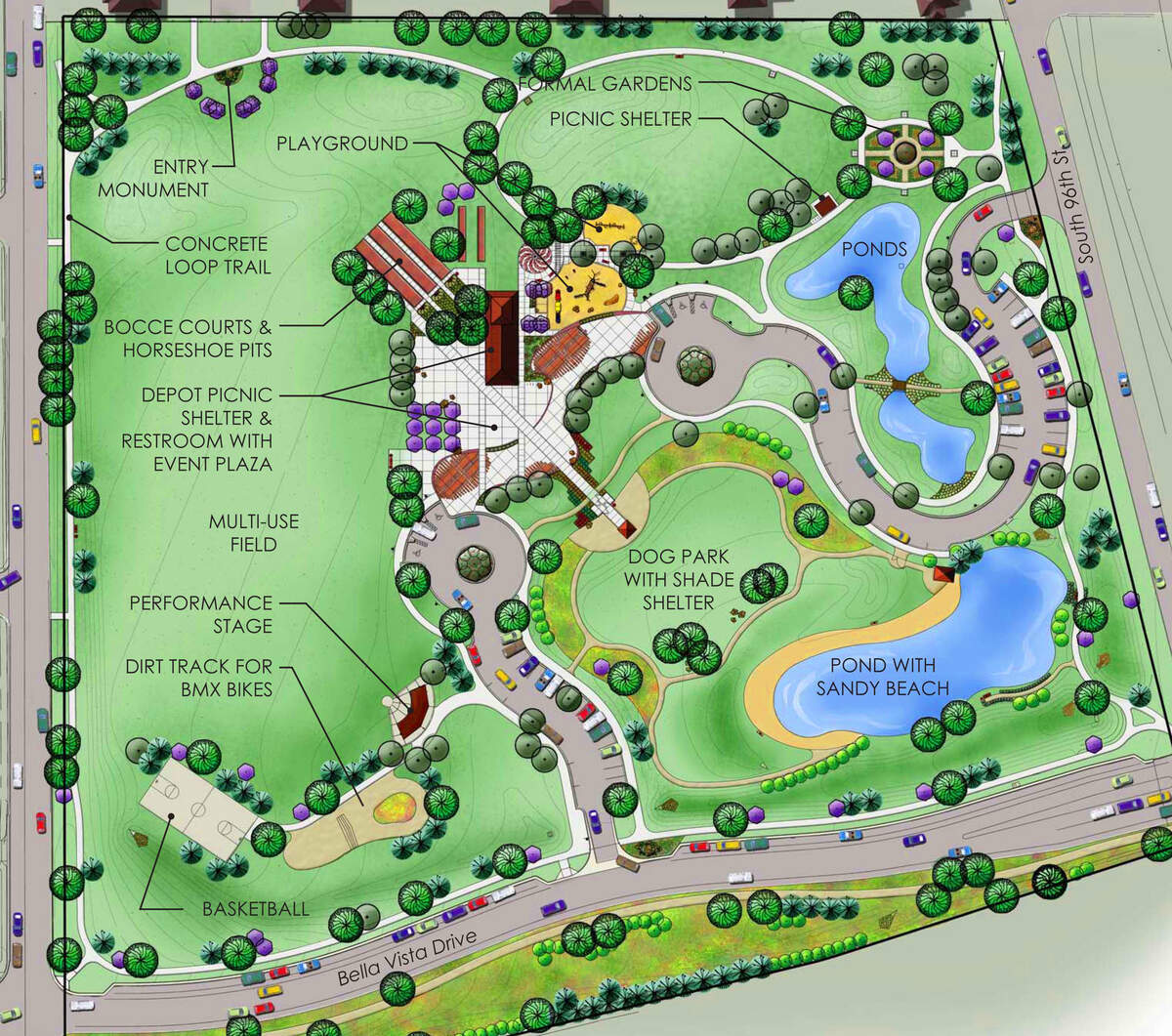

Planning & Engineering
What Is Recreational Zoning
Modified: January 9, 2024
Discover the importance of recreational zoning in urban planning and engineering. Learn how it impacts community development and ensures well-designed and accessible recreational areas.
(Many of the links in this article redirect to a specific reviewed product. Your purchase of these products through affiliate links helps to generate commission for Storables.com, at no extra cost. Learn more)
Introduction
Recreational zoning is a type of land-use planning that designates specific areas for recreational activities. It involves the allocation of land space for recreational purposes such as parks, sports fields, playgrounds, and other leisure facilities. The goal of recreational zoning is to ensure that communities have access to recreational amenities and to protect these areas from incompatible development.
Recreational zoning plays a crucial role in enhancing the quality of life in urban and rural areas. It not only provides recreational opportunities but also contributes to the overall well-being of residents. By designating certain areas exclusively for recreational purposes, local authorities can effectively manage public lands, promote physical and mental health, and preserve natural resources.
In this article, we will explore the definition of recreational zoning, discuss its purpose, examine its benefits and drawbacks, provide examples of recreational zoning regulations, and address the challenges and issues involved in its implementation.
Key Takeaways:
- Recreational zoning enhances community well-being by providing designated spaces for leisure activities, preserving natural resources, and promoting physical and mental health. It fosters social cohesion and contributes to a higher quality of life.
- While recreational zoning offers numerous benefits, it also presents challenges such as limited space, financial constraints, and conflicts with other land uses. Addressing these challenges requires comprehensive planning and community engagement to maximize the benefits of recreational zoning.
Definition of Recreational Zoning
Recreational zoning refers to the process of designating specific areas or zones within a city or region for recreational activities. It involves the creation of land-use regulations and guidelines that determine where recreational facilities and amenities can be located.
These designated zones are typically demarcated to ensure that recreational lands are preserved and protected from incompatible land use. This separation helps to prevent conflicts between recreational activities and other land uses, such as residential, commercial, or industrial.
Under recreational zoning, different types of recreational activities may be categorized into different zones based on their intensity, scale, and potential impact on the surrounding environment. For example, parks and open spaces may be allocated in one zone, while sports fields or golf courses may be allocated in another.
Recreational zoning is often implemented through comprehensive land-use plans or zoning ordinances enacted by local governments. These plans or ordinances specify the boundaries of the recreational zones, along with the permitted uses, building regulations, setback requirements, and other guidelines for development within these zones.
It’s important to note that recreational zoning is not limited to urban areas. It can also be applied to rural or natural areas to regulate recreational activities such as camping, hiking, fishing, and wildlife conservation.
In summary, recreational zoning is a planning tool used to designate and regulate specific areas for recreational activities. It helps to ensure the availability and accessibility of recreational facilities while preserving and protecting the surrounding environment.
Purpose of Recreational Zoning
The purpose of recreational zoning is multi-faceted, aiming to achieve several important objectives:
- Providing Recreational Opportunities: One of the primary purposes of recreational zoning is to ensure that communities have access to recreational amenities. By designating specific areas for parks, playgrounds, sports fields, and other recreational facilities, local authorities can create spaces where residents can engage in various leisure activities. This helps to enhance the quality of life and promotes a healthy and active lifestyle.
- Preserving Natural Resources and Environmental Conservation: Recreational zoning helps to protect and preserve natural resources, such as forests, wetlands, and waterfront areas. By designating certain areas for recreational use and prohibiting incompatible activities, such as industrial development or excessive urbanization, recreational zoning safeguards the ecological balance of these spaces. This ensures that future generations can enjoy the benefits of these natural areas.
- Managing Public Lands: Recreational zoning allows for effective management of public lands by allocating specific zones for recreational purposes. This helps to avoid conflicts between different land uses and ensures that public spaces are utilized in an organized and sustainable manner. By delineating boundaries and establishing regulations, recreational zoning helps in the equitable distribution of recreational resources.
- Promoting Physical and Mental Health: Having dedicated spaces for recreational activities encourages physical fitness and promotes mental well-being. Recreational zoning ensures that there are nearby parks and open spaces where people can engage in activities like walking, jogging, cycling, or playing sports. These activities contribute to improved physical health, reduced stress levels, and increased social interaction.
- Enhancing Community Cohesion: Recreational zoning fosters a sense of community and social cohesion. By providing communal spaces for recreational activities, it encourages people to come together, socialize, and build connections. Parks, community centers, and other recreational facilities become gathering points where individuals from diverse backgrounds can interact, creating a stronger and more inclusive community.
In summary, the purpose of recreational zoning is to provide recreational opportunities, preserve natural resources, manage public lands, promote health and well-being, and foster community cohesion. By achieving these objectives, recreational zoning contributes to the overall livability and sustainability of communities.
Benefits of Recreational Zoning
Recreational zoning offers a wide range of benefits for both individuals and communities. Here are some of the key advantages:
- Improved Quality of Life: By designating specific areas for recreational activities, recreational zoning enhances the overall quality of life for residents. Access to parks, sports fields, playgrounds, and other recreational amenities provides opportunities for leisure, physical activity, and relaxation. This contributes to a healthier and happier population.
- Preservation of Natural Resources: Recreational zoning plays a vital role in preserving and protecting natural resources. By designating areas for recreational use, it helps to ensure the conservation of forests, wetlands, wildlife habitats, and other sensitive ecosystems. This helps to maintain biodiversity and environmental sustainability for future generations.
- Enhanced Physical and Mental Well-being: Having dedicated spaces for recreational activities promotes physical fitness and mental well-being. Parks, trails, and open spaces offer opportunities for walking, jogging, cycling, and other physical exercises. Engaging in outdoor activities in these recreational zones also provides a retreat from the stresses of daily life and promotes mental relaxation.
- Social Interaction and Community Building: Recreational zoning facilitates social interaction and community building. Parks and recreation centers serve as gathering places where residents can come together, engage in group activities, and build meaningful connections. This fosters a sense of belonging and strengthens the social fabric of communities.
- Tourism and Economic Development: Well-planned recreational zoning can attract tourists and boost local economies. Destination parks, waterfront areas, or sports complexes can become major attractions, bringing in visitors, generating revenue, and supporting local businesses. This, in turn, can create job opportunities and stimulate economic growth.
- Environmental Education and Awareness: Recreational zoning can provide opportunities for environmental education and awareness. By designating areas for nature reserves or educational trails, it allows visitors to learn about the local flora, fauna, and ecosystems. This promotes environmental stewardship and fosters a greater understanding of the importance of conservation.
- Improved Safety and Security: Recreational zoning helps in ensuring the safety and security of recreational areas. By designating specific zones for recreational activities, authorities can implement safety measures, install appropriate lighting, and enforce regulations to protect visitors. This creates a safer and more secure environment for individuals and families to enjoy their leisure time.
In summary, recreational zoning brings numerous benefits, including improved quality of life, preservation of natural resources, enhanced physical and mental well-being, social interaction, tourism and economic development, environmental education, and improved safety and security. These advantages make recreational zoning an essential component of urban and rural planning.
Recreational zoning designates areas for leisure activities such as parks, sports facilities, and entertainment venues. It’s important to understand local zoning regulations before developing or purchasing property for recreational purposes.
Drawbacks of Recreational Zoning
While recreational zoning offers numerous benefits, it is important to acknowledge and address some of the potential drawbacks associated with this land-use planning approach:
- Reduced Flexibility: Recreational zoning can limit the flexibility and adaptability of land use. Once an area is designated for recreational purposes, it becomes more challenging to accommodate other types of development or land uses. This can be particularly problematic in rapidly changing urban environments where the demand for various types of spaces may evolve over time.
- Potential for Overcrowding: In popular recreational zones, there is a risk of overcrowding, especially during peak seasons or times of high demand. Limited space can lead to congestion, scarcity of parking, and increased pressure on existing amenities. This can diminish the quality of the recreational experience and undermine the original intent of creating these areas.
- Cost and Maintenance: The creation and maintenance of recreational zones can be costly for local authorities. Parks, sports fields, trails, and other recreational facilities require regular upkeep and investment in infrastructure, landscaping, and amenities. The financial burden of maintaining these areas may pose challenges for cash-strapped municipalities, leading to potential neglect or inadequate upkeep.
- Inequitable Distribution: There may be issues of inequitable distribution of recreational resources based on geography or socio-economic factors. Certain communities or neighborhoods may have limited access to well-equipped recreational facilities and amenities, leading to disparities in recreational opportunities and benefits. This can contribute to social and health inequalities within a region.
- Conflict with Other Land Uses: Recreational zoning can sometimes result in conflicts with other land uses, such as residential or commercial development. The proximity of recreational zones to other areas may lead to issues related to noise, traffic, and conflicting land use objectives. Balancing the needs and interests of different stakeholders can be a complex task.
- Environmental Impact: While recreational zoning aims to protect and preserve natural resources, there can still be potential environmental impacts. Increased foot traffic, erosion from trails, or pollution from visitor activities can negatively affect ecosystems and wildlife habitats. Managing these impacts and ensuring sustainable practices within recreational zones is crucial.
It is important for planners and policymakers to consider these potential drawbacks and develop strategies to mitigate them. Adapting zoning regulations, investing in maintenance and infrastructure, promoting equitable access, and implementing sustainable practices can help address these challenges and ensure that the benefits of recreational zoning are maximized while minimizing any negative impacts.
Read more: What Is Forest Zoning?
Examples of Recreational Zoning Regulations
Recreational zoning regulations vary from one jurisdiction to another, but here are some common examples that illustrate how land-use planning can shape recreational spaces:
- Parks and Open Space Zoning: Many cities and towns have zoning regulations that designate specific areas as parks or open space. These zones are set aside for recreational use and typically have restrictions on commercial or residential development. They may include provisions for passive parks, active sports fields, picnic areas, walking trails, and conservation areas.
- Sports and Recreation Zoning: Some municipalities have zoning regulations that cater specifically to sports and recreation facilities. These zones may include designated areas for sports complexes, golf courses, swimming pools, tennis courts, or other recreational amenities. The regulations may outline permitted uses, building requirements, parking provisions, and noise control measures.
- Waterfront Zoning: Waterfront areas often undergo specific zoning regulations to balance recreational use and environmental protection. These regulations may delineate areas for boating, fishing, swimming, or other water-based activities. They may also include setback requirements, environmental impact assessments, and regulations to protect sensitive ecosystems or wildlife habitats.
- Camping and Outdoor Recreation Zoning: Rural or natural areas may have zoning regulations that accommodate camping and outdoor recreational activities. These zones may permit camping grounds, RV parks, or designated areas for hiking, biking, or nature exploration. The regulations may include guidelines for campsite density, waste disposal, and fire safety.
- Community and Neighborhood Center Zoning: Zoning regulations may designate specific areas for community or neighborhood centers that provide recreational facilities and community gathering spaces. These zones may allow for the construction of community centers, recreation centers, or multipurpose facilities. The regulations may specify the types of activities permitted, parking requirements, and noise restrictions.
- Historical, Cultural, and Recreational Districts: Some cities or regions have zoning regulations that create districts or zones that combine historical, cultural, and recreational uses. These districts may incorporate parks, museums, cultural centers, or historical sites, creating a unique blend of recreational and educational opportunities. The regulations may aim to preserve historical buildings, promote tourism, and encourage public access to these sites.
Please note that these examples are not exhaustive and that zoning regulations can vary significantly based on the specific needs and goals of each community. Proper research and understanding of local regulations are essential for those seeking to develop or utilize recreational spaces within a particular jurisdiction.
Challenges and Issues in Implementing Recreational Zoning
While recreational zoning offers numerous benefits, there are several challenges and issues that can arise during its implementation. These challenges can vary depending on the specific context and local conditions. Here are some common challenges in implementing recreational zoning:
- Limited Space: One of the primary challenges is the availability of suitable land space for recreational zoning. In urban areas, finding large tracts of undeveloped land can be challenging, leading to a scarcity of space for parks and recreational facilities. Increasing land prices and competing land uses further exacerbate this issue, making it difficult to allocate adequate space for recreational activities.
- Equitable Distribution: Ensuring equitable distribution of recreational resources is another challenge. In some cases, there may be disparities in access to recreational facilities based on socio-economic factors or discriminatory practices. Some neighborhoods or communities may have limited access to well-equipped and well-maintained recreational areas, creating inequalities in recreational opportunities and benefits.
- Financial Constraints: Implementing and maintaining recreational zones often require significant financial resources. Local authorities may face budgetary constraints that limit their ability to invest in creating and maintaining recreational spaces. This can result in inadequate upkeep, limited development of new facilities, and a lack of amenities within recreational zones.
- Conflict with Other Land Uses: Recreation zones can sometimes face opposition from other land uses, such as residents, businesses, or industrial activities. This can lead to conflicts regarding noise, traffic, safety concerns, or perceived devaluation of nearby properties. Balancing the interests and needs of different stakeholders can be challenging and requires careful consideration of zoning regulations and effective community engagement.
- Environmental Impact and Sustainability: Recreational activities can have potential environmental impacts, such as damage to ecosystems, pollution, or increased carbon footprint. Managing these impacts and ensuring sustainable practices within recreational zones require careful planning and monitoring. Balancing the desire for recreational amenities with environmental conservation can be a complex task that requires ongoing evaluation and adaptation of zoning policies.
- Changing Recreation Trends and Demographics: Recreation trends and demographics can evolve over time, requiring planners to adapt recreational zoning strategies. The needs and interests of the population may change, necessitating the modification or repurposing of existing recreational facilities. This requires flexibility and the ability to anticipate and respond to changing demands and preferences.
- Public Engagement and Participation: Engaging the public in the decision-making process is crucial for the success of recreational zoning. However, obtaining meaningful public input and ensuring community participation can be challenging. Involving residents, community organizations, and relevant stakeholders from the early stages of planning can help address concerns, build consensus, and create a sense of ownership within the community.
Addressing these challenges requires a comprehensive and collaborative approach. It involves careful planning, effective resource management, community engagement, and ongoing evaluation and adaptation of zoning policies. By proactively addressing these challenges, communities can maximize the benefits of recreational zoning and create vibrant and inclusive recreational spaces for residents to enjoy.
Conclusion
Recreational zoning plays a critical role in shaping communities by providing designated areas for recreational activities and protecting natural resources. Through the allocation of land space specifically for parks, sports fields, playgrounds, and other leisure facilities, recreational zoning enhances the quality of life for residents.
By preserving and conserving natural resources, recreational zoning contributes to the ecological balance and ensures sustainability for future generations. It also promotes physical and mental well-being by providing opportunities for exercise, relaxation, and social interaction. Recreational zones serve as gathering places where individuals from diverse backgrounds can come together and build connections, fostering a sense of community and belonging.
However, implementing recreational zoning is not without its challenges. Limited space, equitable distribution of resources, financial constraints, conflicts with other land uses, environmental impact, and changing recreation trends are among the issues that need to be addressed. Effective planning, community engagement, and ongoing evaluation are key to overcoming these challenges and adapting recreational zoning strategies to meet the evolving needs of communities.
In conclusion, recreational zoning is an essential tool in land-use planning, providing numerous benefits to individuals and communities alike. It creates spaces for recreational activities, preserves natural resources, promotes health and well-being, fosters community cohesion, and contributes to economic development. By carefully considering the challenges and issues associated with recreational zoning and implementing thoughtful and inclusive strategies, communities can create vibrant and sustainable recreational spaces that enhance the overall livability and happiness of their residents.
Frequently Asked Questions about What Is Recreational Zoning
Was this page helpful?
At Storables.com, we guarantee accurate and reliable information. Our content, validated by Expert Board Contributors, is crafted following stringent Editorial Policies. We're committed to providing you with well-researched, expert-backed insights for all your informational needs.
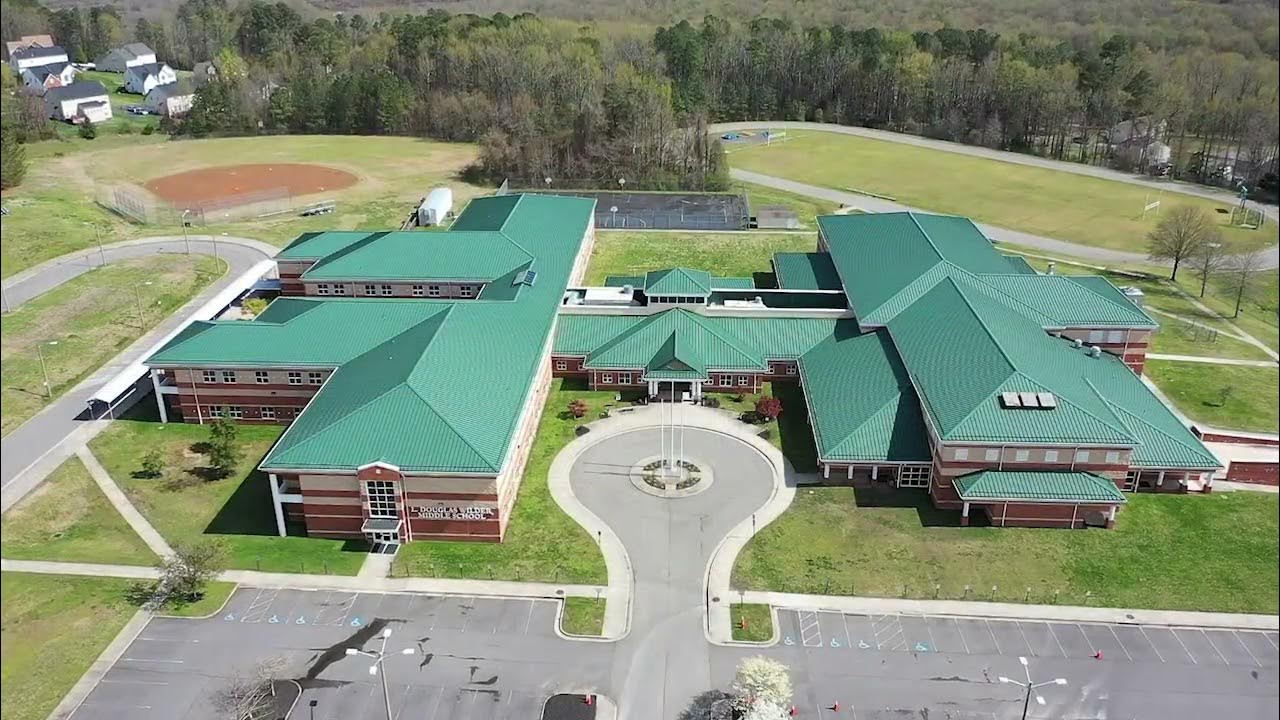

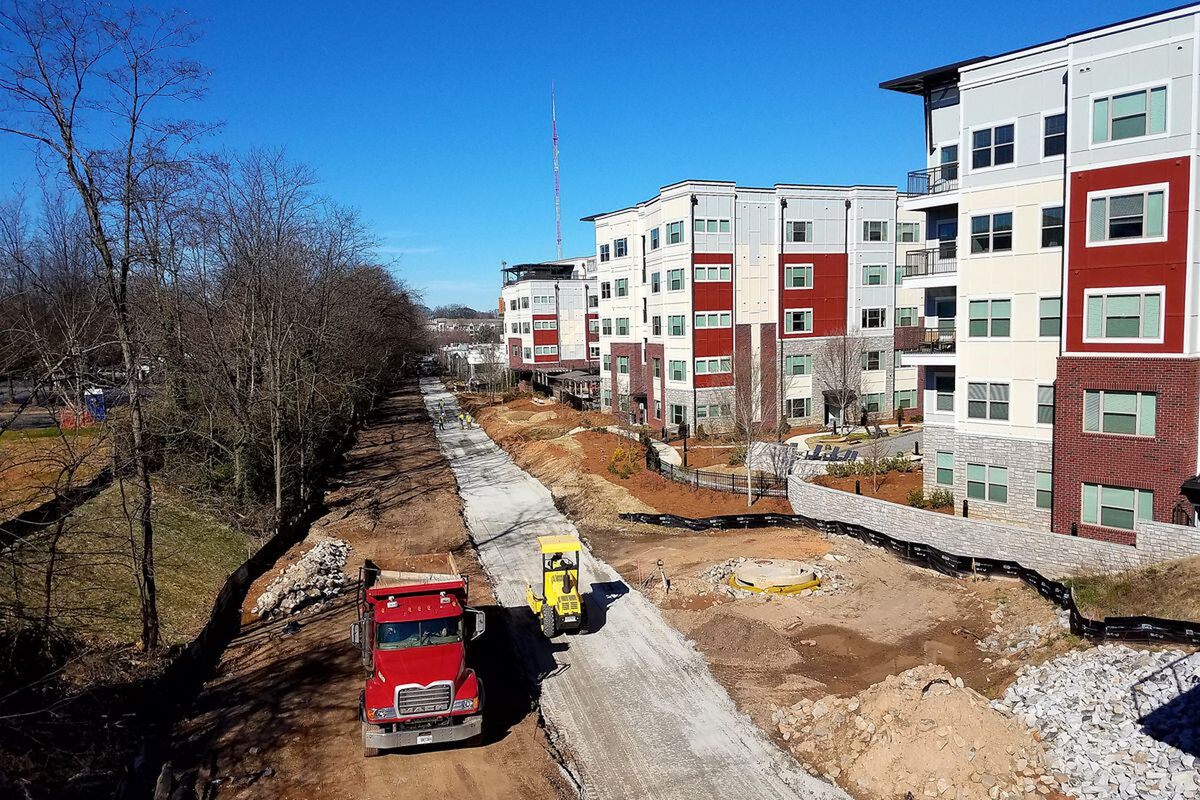
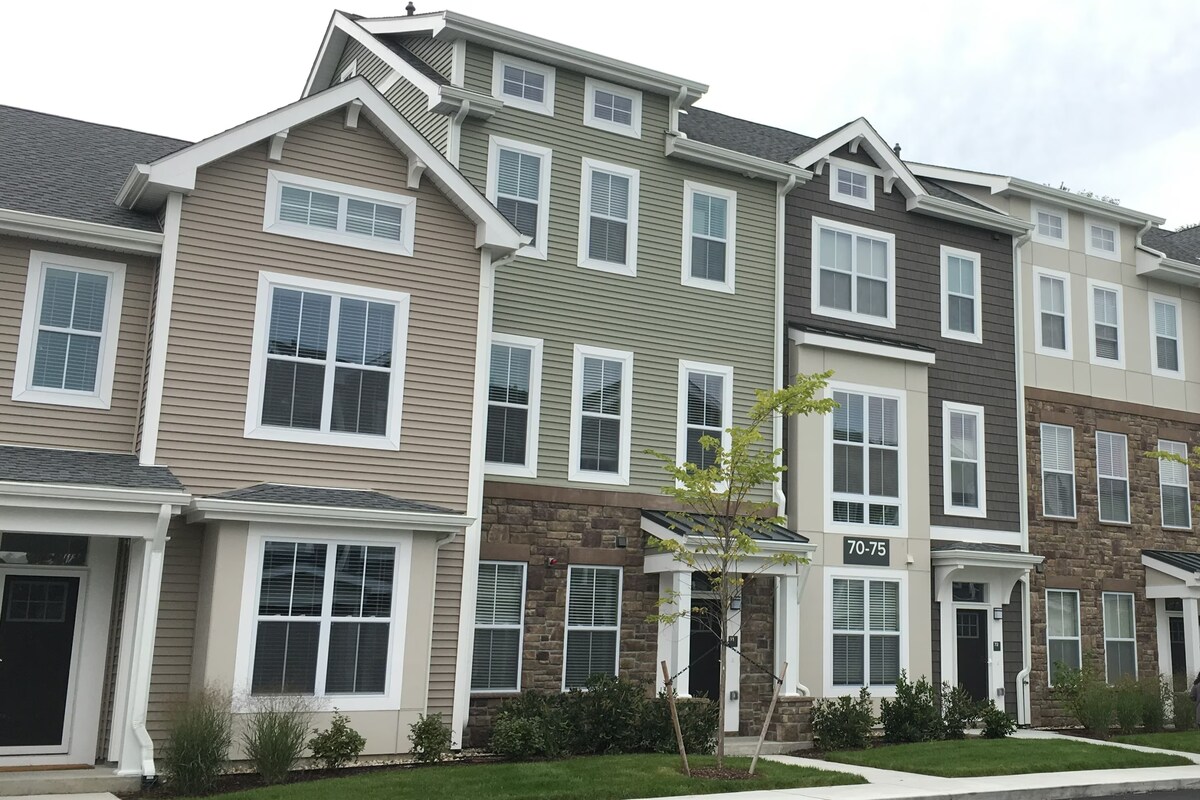

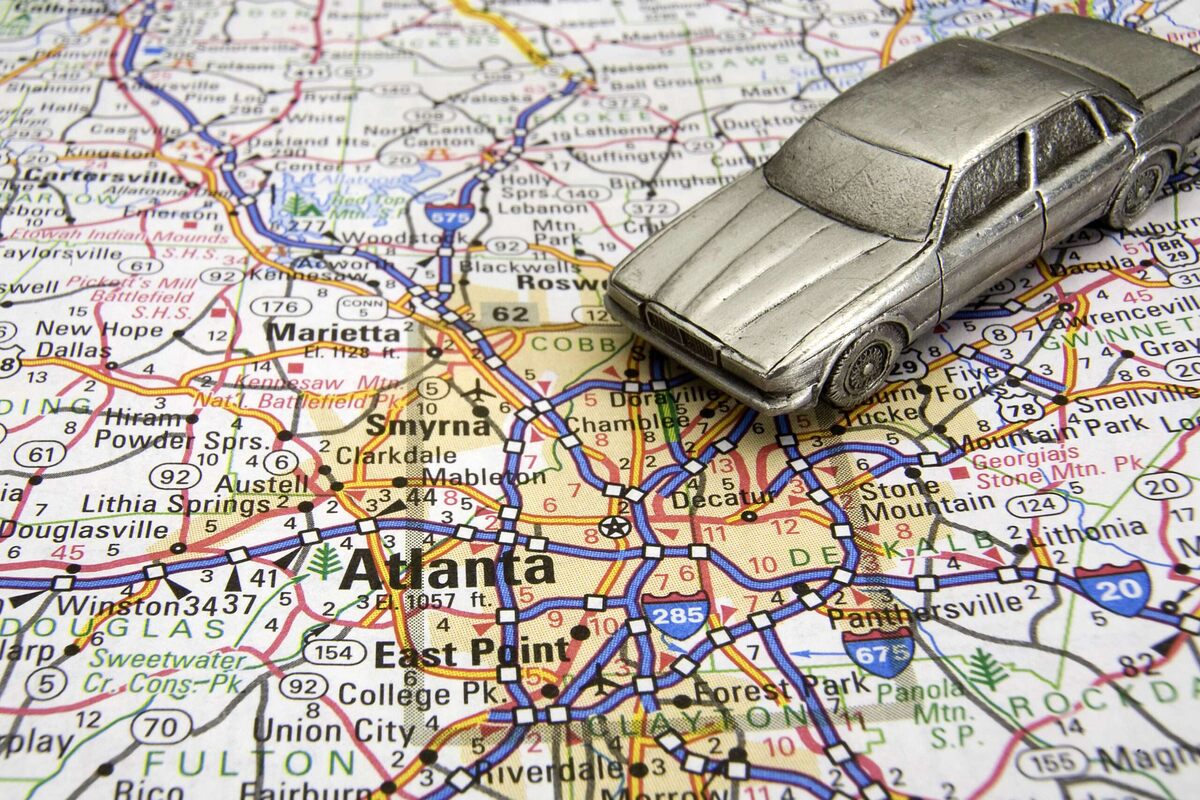
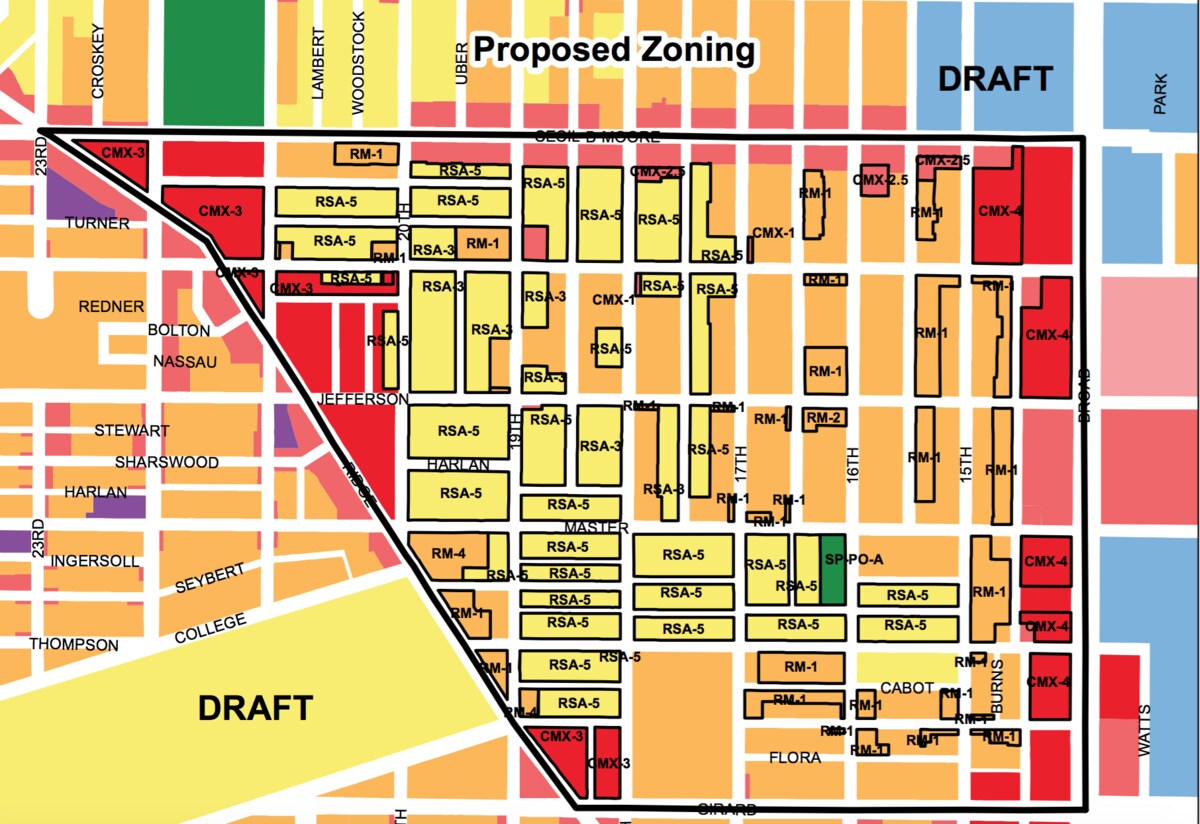


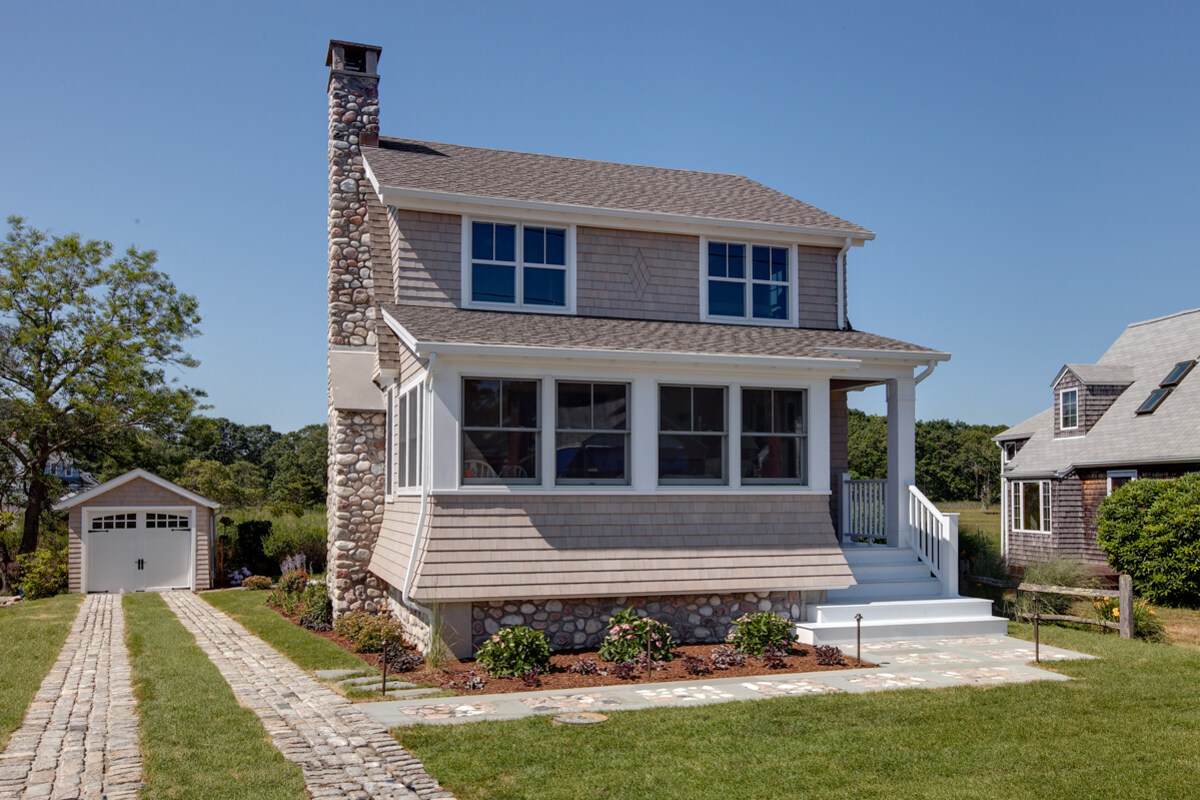
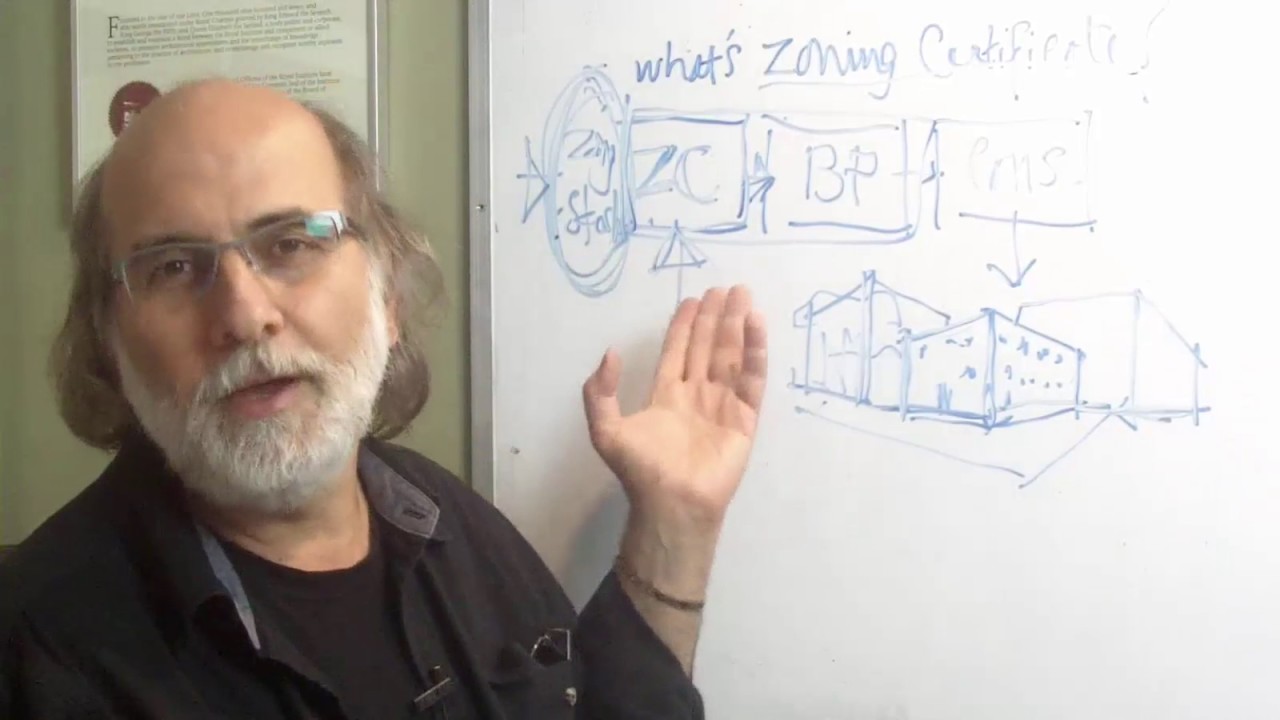
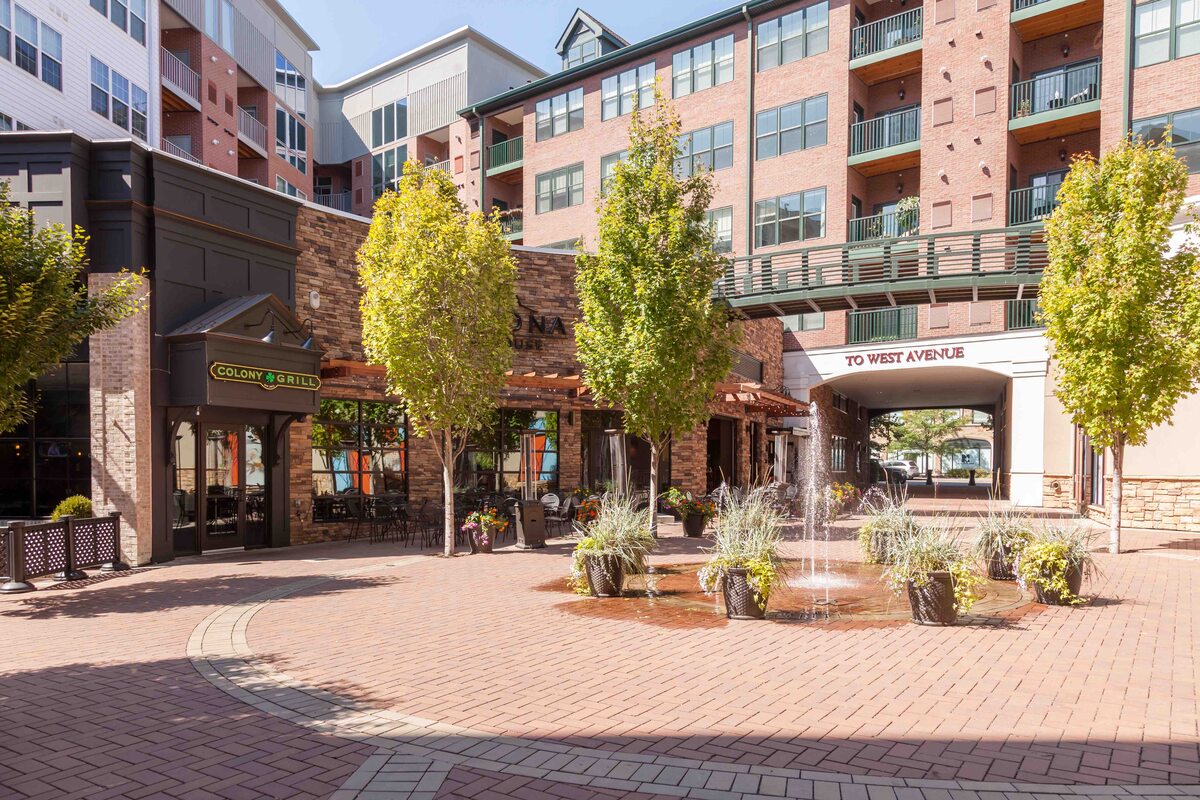

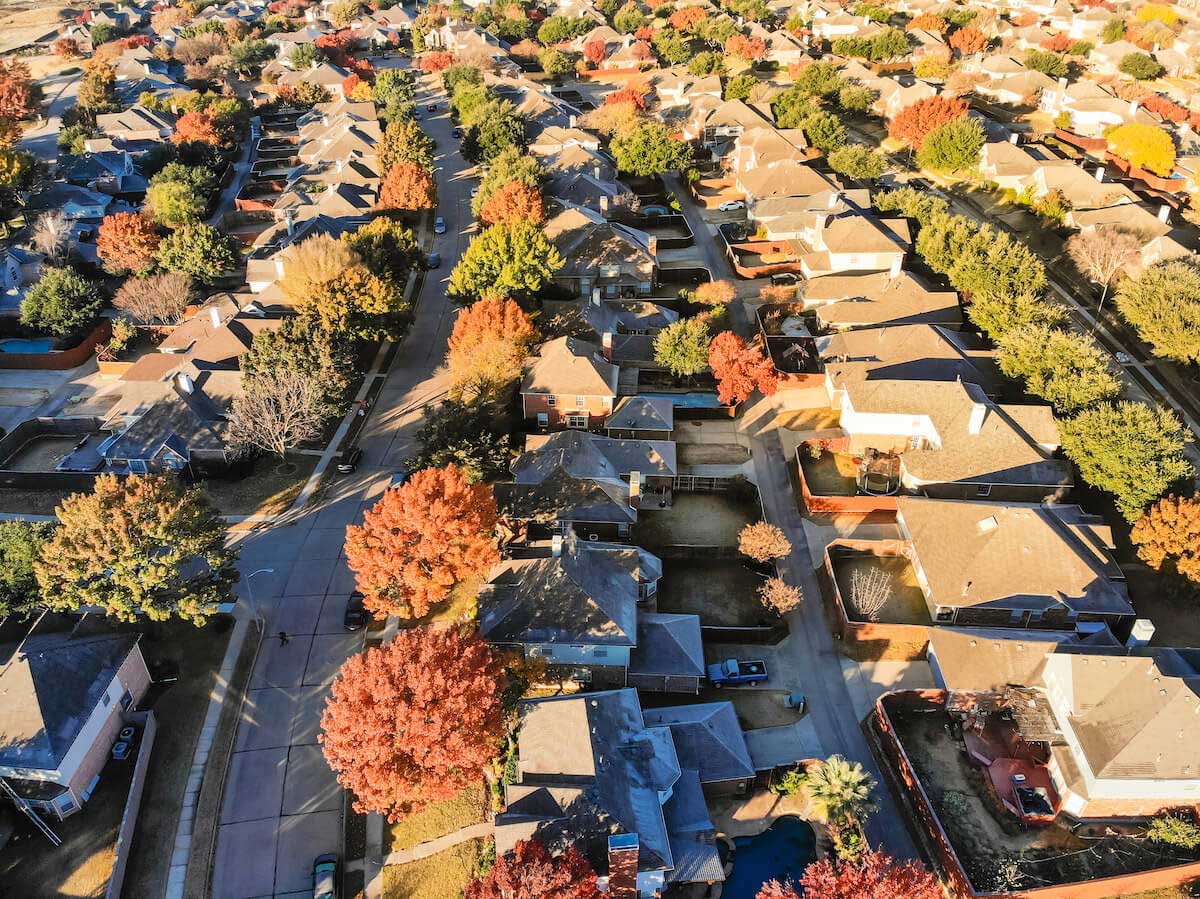

0 thoughts on “What Is Recreational Zoning”